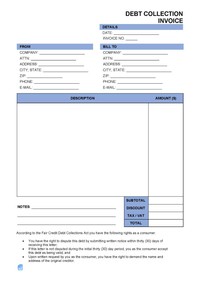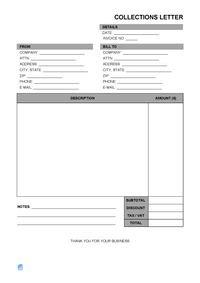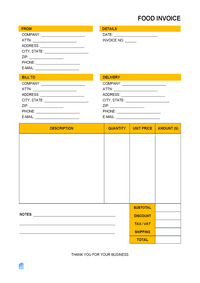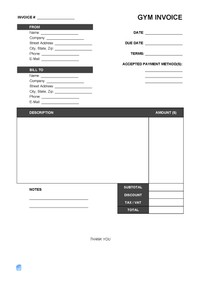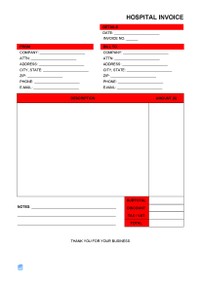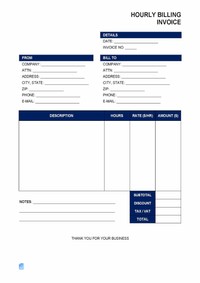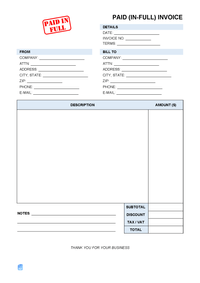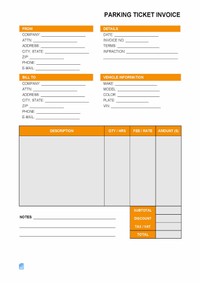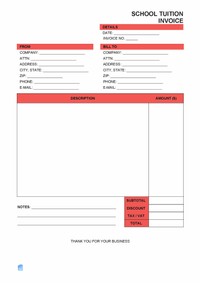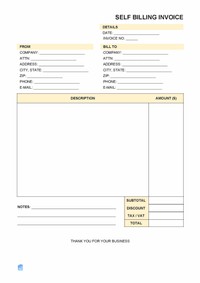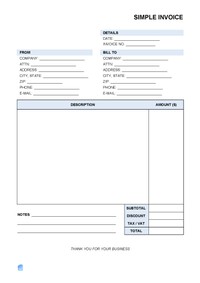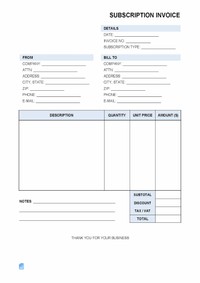Create a high quality invoice now!
Make an Invoice NowThe billing invoice is to request payment for an amount due for a service provider or a good that was purchased by a customer or client. Depending on the type of bill, the amount may be due immediately or within a specific time period, such as fifteen (15), thirty (30), or sixty (60) days. If the bill is not paid by the due date, then a penalty or late fee may be administered including the accumulation of interest. After ninety (90) days the creditor will commonly send the bill to a collections agency and terminate the account.
Recurring Charges – Most bills are paid on a recurring basis such as each month and due within 15 days.
Billing Invoices: By Type (17)
Table of Contents
What is Billing?
Billing is the process of requesting payment for a product or service either before or after a transaction occurs. In order to request payment, a document is needed and it must be able to be sent both physically (by mail) or electronically (email). The most common document used for billing is called an invoice. An invoice allows the buyer and seller to see the full list of products/services and a full breakdown of the cost; minimizing questions of doubt from the buyer. A billing invoice usually gives the buyer multiple options to make payment (credit/ debit card, check, wire, etc.) and states a timeframe as to when payment is expected. The core elements of a billing invoice will include the following:
- Contact Information
- Purchase Order
- Due Date
- Unit Price
- Sales Tax
Billing Address and Zip Code
A billing invoice will require the buyer to include their billing address and/or billing zip code when payment is made by credit/debit card. The billing address on the invoice must be identical to the billing address of the credit/debit card. Requesting a billing address lessens the chances of fraud from occurring. If a credit card is stolen, there is a good chance that the person who stole the credit/debit card will not know the billing address on file. If you are unsure of your credit card’s billing address, call your banking institution that issued the card. If the mailing address must be provided if it does not match the billing address, as both will be needed if sending an invoice by mail.
Using for Utilities
Requesting payment for utility bills is one of the largest use cases for billing invoices. Whether it be a gas, cable, electric, or a water bill, most companies issue a monthly invoice when demanding payment for such utilities. As for utilities, an invoice works very well because it allows the buyer to see a clear breakdown of all charges and how much they are consuming each month. If all for a sudden one month the water bill is extremely high, it could help indicate a leak or a problem that needs fixing. When paying with a credit/debit card, invoices for utilities can be set on auto-pay, which is a new feature that enables the buyer to automatically pay their invoice each month without the hassle.





